Gardenias are tropical flowering shrubs typically grown in U.S. Department of Agriculture plant hardiness zones 8 through 11. Gardenia leaves are generally shiny dark green on top with paler undersides, but sometimes gardenias develop yellow or white blotches on their foliage for seemingly no reason at all.
While this is never a welcome sight in a garden, there is usually a simple reason for this symptom that can be treated by the home gardener.
Why are Gardenia Leaves Turning White?
Gardenia leaves turn white because of powdery mildew, which leaves a powdery white substance on the plant’s leaves. This fungus is most likely to appear when conditions are humid and hot, such as during the spring and summer months.
Gardenias grown in shady areas with poor air circulation are more susceptible to this fungus than those grown in full sun with good air circulation.
When the leaves first show signs of damage from the disease, they may also develop small brown spots or blemishes across their surfaces, but these will disappear as the leaf tissue beneath dies off and sloughs away.
How Can I Get Rid Of Powdery Mildew On Gardenia Plants?
Although powdery mildew isn’t always easy to get rid of once it appears on gardenia plants, there are several things you can try to slow its growth and stop it from spreading.
First, you should consider moving the plant into a sunny area with good drainage or adding more organic matter to your gardenia’s soil. You can also grow plants in containers so that you can move them out of shady areas and closer to a natural source of water if they appear to be suffering from a lack of humidity.
If these steps do not help, there are several fungicides available for gardeners that will aid in the elimination of powdery mildew on gardenias.
Fungicides containing kaolin work by coating the foliage with a fine layer of clay that prevents spores from germinating on the leaves’ surfaces, while those containing sulfur or copper hydroxide affect the fungus’ ability to produce energy, thus stopping its growth.
Combine any of these fungicides with an application of horticultural oil around the roots and stems to discourage new fungal spores from developing on the plant’s stem tissue.
How Can I Prevent Powdery Mildew On Gardenia Plants?
To prevent powdery mildew on gardenia plants, keep them away from humid areas where air circulation can be poor. If you live in a hot, humid part of the country, consider growing the plants in containers so that you can move them out into more open spaces during warmer months when powdery mildew is likely to develop.
Water plants only when they need it so that their foliage does not stay wet for long periods of time, and increase the plant’s exposure to air circulation by pruning back its branches regularly.
Conclusion
In conclusion, powdery mildew on gardenia plants is best treated by improving the plant’s growing area and by applying fungicides to prevent further damage. Because powdery mildew fungus affects many different kinds of plants, it can be difficult to treat without using chemicals, so you may need to take measures to protect your gardenias from this disease.
Tim is an avid gardener from the UK. He was the founder of PlantCarer.com from 2021 to Sep 2023. He sold PlantCarer.com to Aaron. He has since started his own business called Seed To Supper, which provides new gardeners all the materials you need in a box (pots, seeds, compost and instructions) to grow your own delicious and nutritious vegetables and herbs from start to finish – no garden required.



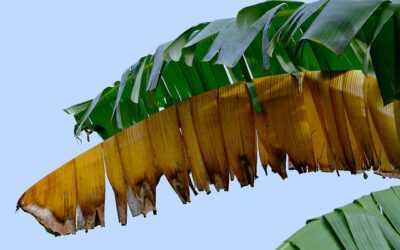

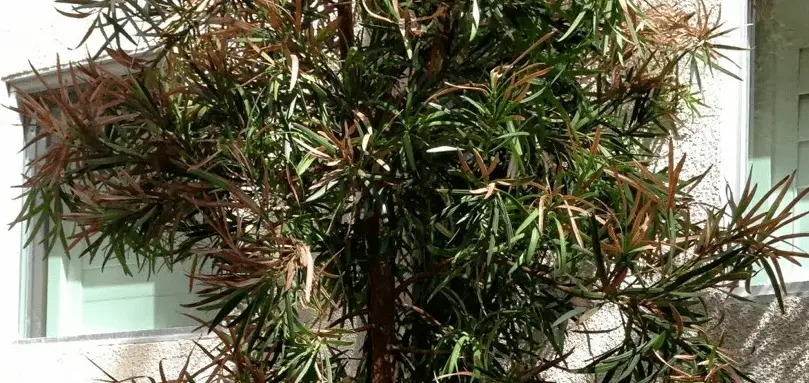
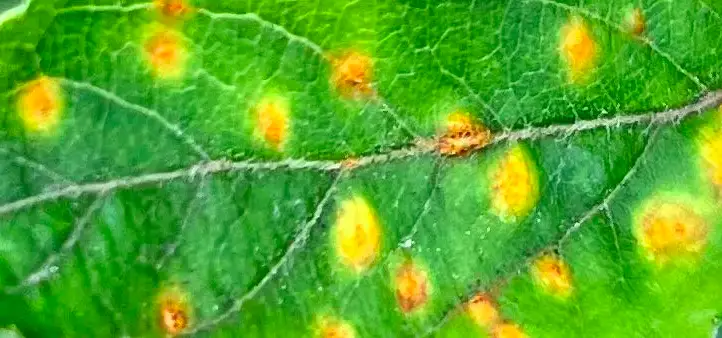
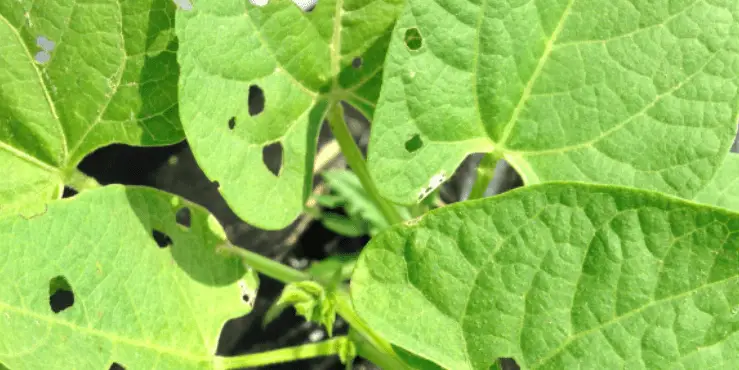
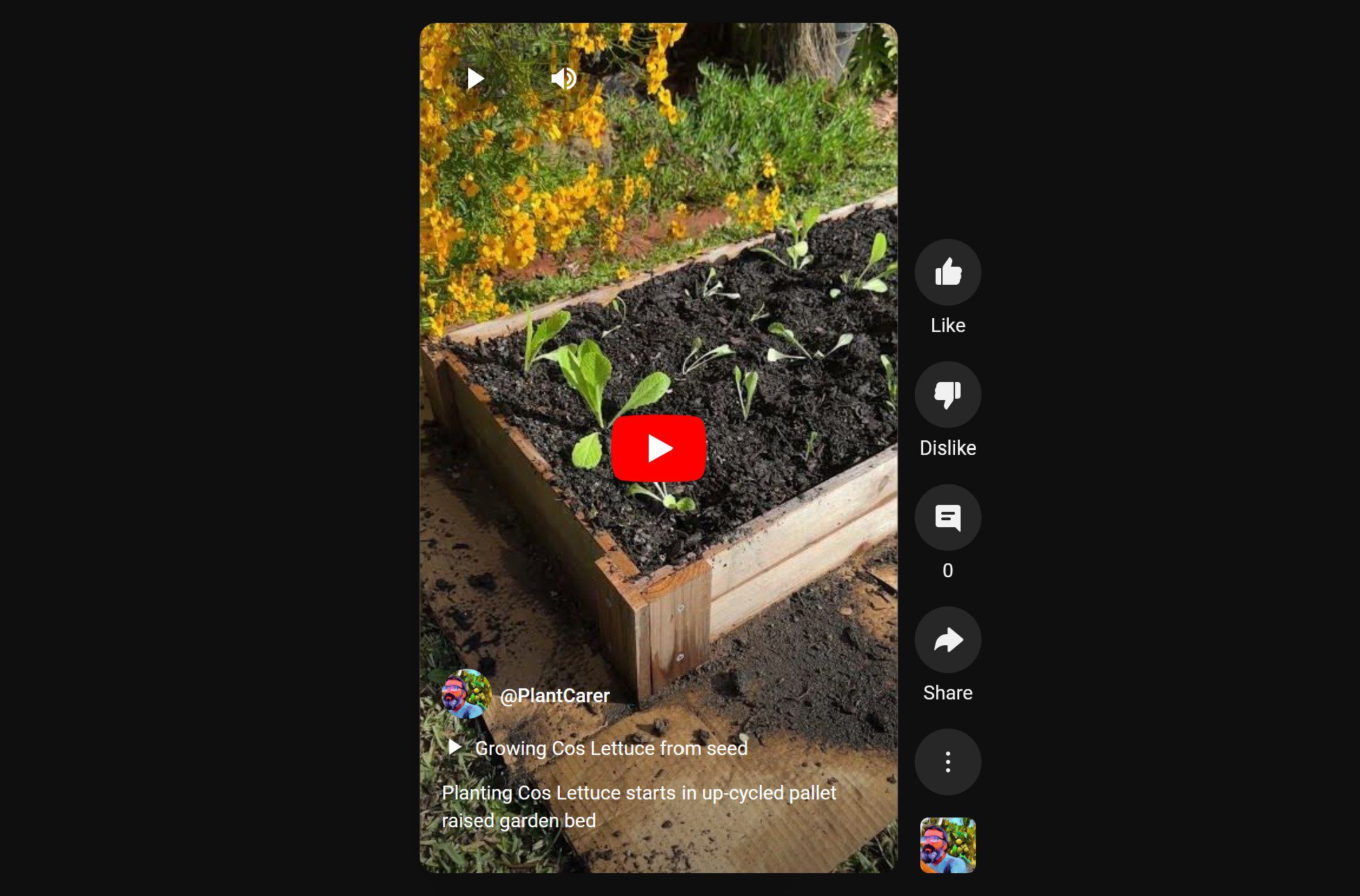
My Gardenia leaves are turning none powdery white, I have never seen that before.
Could you help me please save my plants ?
Thank you
Properly space plants to allow for good air circulation, which reduces the humidity level needed by the fungus to infect. Prune out diseased tissue, rake up and destroy fallen leaves, and apply a fresh layer of mulch beneath the plants.
If needed, apply fungicides as a preventative against powdery mildew. Fungicides are most effective against powdery mildew when used early in the disease development process.
Recommended fungicides include myclobutanil, thiophanate-methyl, chlorothalonil, propiconazole, and horticultural oil with baking soda. Some control may be obtained by sprays of sulfur or neem oil.